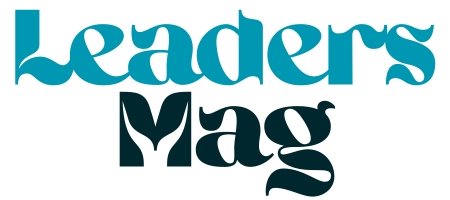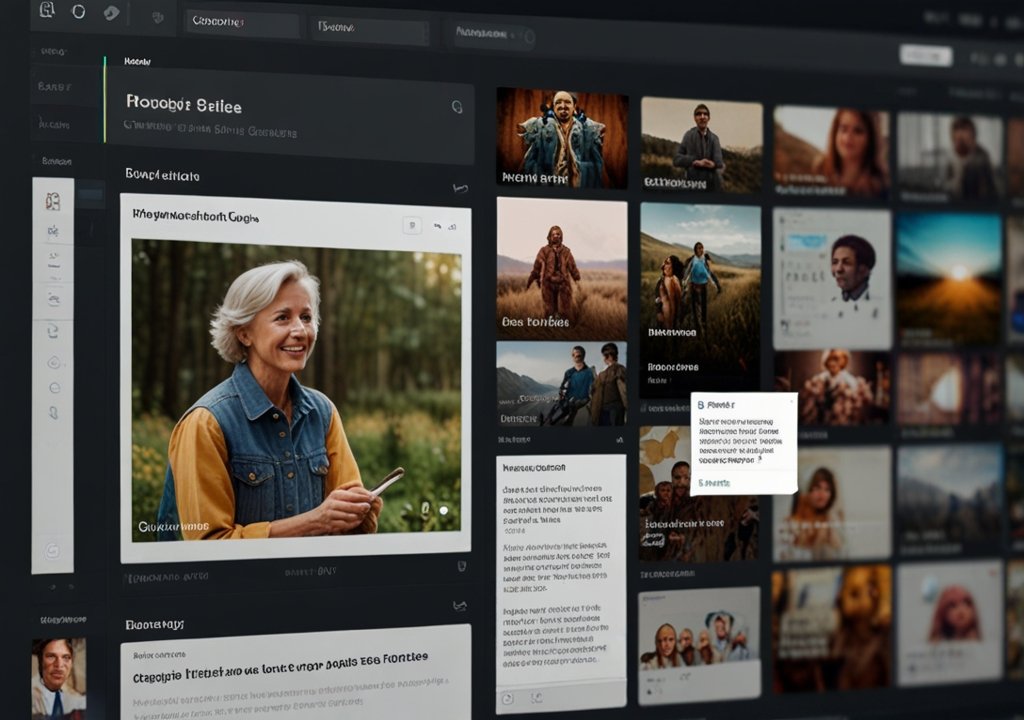B2B lead generation is all about getting in front of the right decision-makers and sparking conversations that turn into revenue. Whether you’re using cold outreach, LinkedIn, or paid ads, it all boils down to the same goal: filling your sales pipeline with qualified leads.
Choosing the right lead generation pricing model isn’t just a financial decision—it shapes the kind of service you get and the results you can expect.
Overview of Lead Generation Pricing Models
There are a few ways agencies charge for lead generation, but two models stand out: Pay-Per-Lead and Monthly Retainer. Each comes with its rhythm, and which one fits best depends on your goals, sales cycle, and how involved you want to be.
- Pay-Per-Lead: This model charges businesses for each lead generated. These are typically pre-agreed upon based on specific criteria, such as job title, company size, region, and so on. You only pay when you get a lead in your inbox.
- Monthly Retainer: This is a flat monthly fee that provides a comprehensive, full-service approach, encompassing strategy, outreach, lead nurturing, and reporting. Results are typically tied to agreed-upon KPIs, such as the number of appointments or reply rate, but you’re not billed per contact.
- Hybrid Options: Some agencies offer middle-ground options like Pay-Per-Appointment, where you’re billed based on appointment setting cost rather than just contacts. It’s a mix of performance accountability and service depth.
Pay-Per-Lead Model
The pay-per-lead model sounds straightforward: you pay for each lead that meets specific criteria. The average B2B lead cost ranges from $200 to $700, depending on the industry, target audience, and campaign complexity. This model tends to prioritize volume, so expect leads to come in quickly.
Under the pay-per-lead model, you’re charged for every qualified contact delivered, based on filters like job title, company size, or region. The agency or provider focuses on hitting those delivery numbers, not necessarily booking meetings or nurturing leads.
Pros
- Low upfront commitment: You can dip your toe in without committing to a long-term contract or monthly fee.
- Clear unit economics: You get clear visibility into your B2B lead cost, making budgeting and ROI tracking much easier.
- Faster initial traction: Since the goal is lead volume, you often see results more quickly, which is excellent for launching campaigns promptly.
Cons
- Lead quality varies: Not all leads are created equal. Some might check the boxes but still be a poor fit in reality.
- Risk of irrelevant or non-SQL contacts: Just because someone is a VP doesn’t mean they’re actually interested—or even in-market.
- Limited incentive for deeper targeting or nurturing: Since the provider’s job ends once the lead is delivered, there’s usually no follow-up or engagement strategy.
Monthly Retainer Model
A monthly retainer is a long-term outbound pricing strategy—you’re investing in a team to plan, execute, and refine lead generation efforts. This lead generation pricing model typically ranges from $3,000 to $10,000 per month, depending on scope and service level. This model is designed for long-term growth, not short-term gains.
You pay a flat monthly fee for an end-to-end service. That usually includes strategy, persona development, messaging, copywriting, email or LinkedIn outreach, tech setup, tracking, and reporting. KPIs like open rates, reply rates, booked meetings, and SQLs measure results.
Pros
- Holistic approach to outbound: You’re not just buying names—you’re building a system that attracts, engages, and qualifies leads.
- Consistent optimization and A/B testing: Agencies have more room to iterate, learn, and improve over time.
- Long-term alignment on growth: You get a partner focused on helping you scale, not just checking a quota box.
Cons
- Higher upfront cost: There’s a bigger financial commitment upfront, even before you see results.
- Results take longer to build up: Strategy, testing, and refinement take time. Expect to wait 1–3 months for substantial traction.
- Requires trust and collaboration with the agency: You’ll need to work closely together, share context, and give feedback regularly.
Here’s a quick side-by-side to help you weigh the options at a glance:
| Feature | Pay-Per-Lead | Monthly Retainer |
| Cost per unit | $200–$700 per lead | $3,000–$10,000 per month |
| Quality of leads | Variable | Higher, based on ICP + nurturing |
| Time to see results | Faster | Slower ramp-up, more sustainable |
| Relationship depth | Transactional | Strategic, collaborative |
| Best for | Testing, small-scale pilots | Long-term, scalable growth |
Still deciding? Consider your team’s bandwidth, sales cycle, and the amount you’re willing to invest in not only leads, but also a repeatable process that consistently delivers results.
Conclusion
If you’re an early-stage company with a tight budget or just want to test a new market, Pay-Per-Lead offers a low-commitment entry point. If you’ve got bigger goals, a growing team, and want a partner who’s in it with you, a Monthly Retainer might be the better long-term play.
Whatever outbound pricing strategy you choose, make sure you’re working with a provider who’s transparent about KPIs, aligns closely with your target audience, and isn’t just focused on volume, but actual sales opportunities.
YOU MAY ALSO LIKE: Banking Scam Awareness: How Seniors Can Protect Themselves











